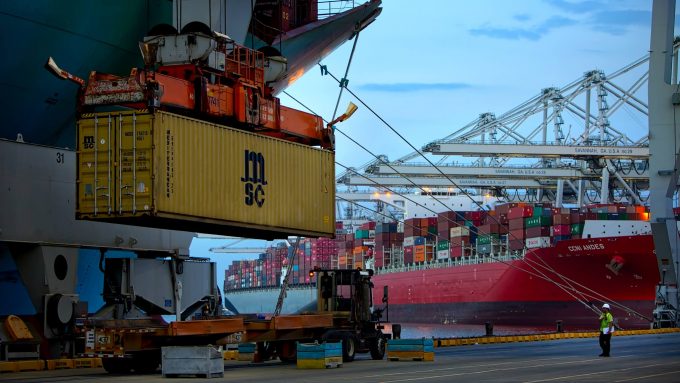New warning as cargo crime surges across North America
Cargo crime continues to rise in North America: in the first half of this year, ...

US freight traffic continued to grow in the third quarter, but it is losing momentum, according to the US Bank Freight Payment Index.
However, the reduced pace of growth has not slowed the rise in freight spend, reflecting ongoing capacity challenges.
The index shows truckload shipment volumes in Q3 climbed 1.5% over the second quarter and 2.4% over Q3 20. marking a slowdown from the pace of April-June, when traffic was 4.4% higher than in Q1 and up 6.8% year on year.
Two ...
Keep our news independent, by supporting The Loadstar
Volume surge and an early peak season? 'Don't celebrate too soon,' warning
Container spot rates diverge: to Europe still falling, but firmer to the US
Hapag-Lloyd won't take bookings if port congestion leaves cargo stranded
Ecommerce likely the front-runner in resurge of transpacific trade after deal
China-US trade tariff pause could drive a rebound for transpacific rates
Service chaos from trade ban with India a problem for Pakistan shippers
Shippers should check out the 'small print' in China-US tariff cuts
Airfreight rates ex-China 'loss-making', but hopes of a trade deal stay high
Carriers impose 'emergency operation' surcharges on Pakistan cargo
Serious threat to jobs in US logistics as tariffs cause economic 'stagflation'
15% rebate for box ships as Suez Canal Authority woos carriers
White House u-turns see freighters flying but keep logistics players on their toes
MSC in terminal switch as Nhava Sheva gets strong start to new fiscal year
Peak season or recession? Forwarders and shippers need to 'stay flexible'
Volga-Dnepr claims 'pirate' Canada has 'hijacked' its stranded aircraft


Comment on this article